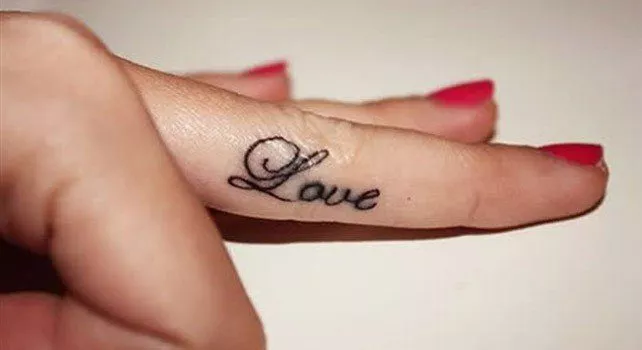
Tattoos have been around as long as there have been people. From Eastern Asia, to the South Pacific Isles, to the South and North of America, to India, to Europe, the list is exhausting. Tattoos are everywhere and anywhere we look. Humans have an innate desire to modify the body, whether it’s through a tattoo gun or a piercing needle.
Tattoos are marks of identity, and in some cultures they still remain a signifier of power and dominance. The Japanese culture tells us that tattooing was often used to brand criminals and outcasts, whereas Indian tattoos were an indicator of wealth and class.
Either way we look at it, tattooing is an art form. There are three distinct styles which stand out in the modern world that is filled with some incredible artwork.
Polynesian
The Polynesian art form is one of the most popular designs amongst young males. The tattoos themselves have deep cultural meanings to those who wear them. The Maori’s of New Zealand believe that their tattoos are sacred: they are signatures, they show a commitment to their tribe and they celebrate major life events. Most of the wrapping designs and symbols are abstract, intricate and deeply visual. They use strong, distinct lines, whereas some are thinner and more complex.
When 19th Century Europe infiltrated and exploited the Polynesian countries, the natives were ordered to cover up their body modifications. It wasn’t until Captain James Cook brought a Native Maori to London that the Western population look a liking to the designs.
Far East
The Far East art form is one of the most popular and recognised designs around the world. Most contemporary Japanese tattoos blend traditional Chinese techniques, to create a beautiful style, that are no longer associated with criminal gangs, such as the Yakuza. Many of the famous tattooists in the Far East today are from the Horitoshi family, who reside in Tokyo, Japan.
Early Chinese artists believed that tattooing was barbaric; they believed the body was a gift from the ancestors and should be treated as such, and only nature could change it.
In the 18th Century, many Western dignitaries visited the Far East, and a law was passed that allowed artists to tattoo foreign nationals. King George V came away from the Far East with body art.
In the 19th Century, tattoos were used as a punishment. You would be ‘inked’ if you were a criminal so others would recognise you. When the Western traders started visiting Japan, tattoos were seen as decorative and interesting. Many of the woodblock paintings were created during this time, to give high coloured full body illustration.
American Art
Cholo art is traditionally West Coast Hispanic artwork. The majority of tattoos on the market in America these days have a basis in this art form. The art has been heavily influenced over the years by various popular cultures, and it still continues to broaden its horizons.
Cholo art has become very popular with television shows, such as Miami Ink and LA Ink dominating the airwaves. Art can include various line drawings, portraits, scripted words and/or phrases. Many believe the King and Queen of cholo portrait art are tattooists’ Kat Von D and Chris Garver.

No comments:
Post a Comment